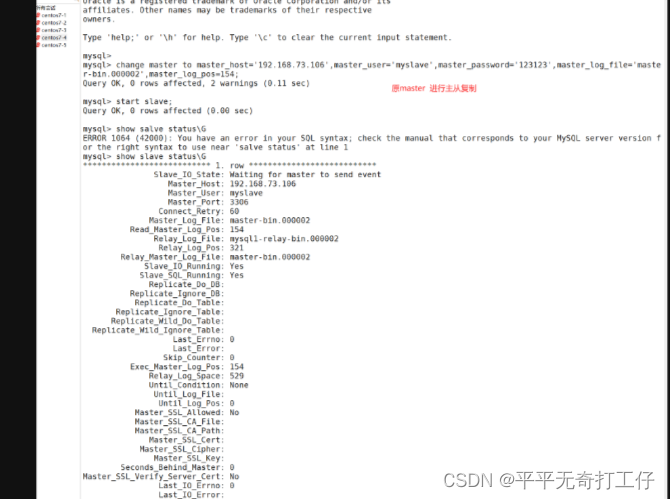


By default, the MySQL server listens on port 3306, so you’ll need to make sure that this port is not blocked by your firewall. One common issue is a firewall blocking access to the MySQL port. If you’re still unable to connect to the MySQL server on localhost, there are a few other potential causes to consider. Then try connecting to the server again using the mysql command-line client. Once you’ve made this change, save the my.cnf file and restart the MySQL server using the mysqld command, as described above. If this option is set to a different value, you’ll either need to change it to 127.0.0.1 in order to allow connections on the localhost interface, or connect from a different machine. By default, it should be set to 127.0.0.1, which indicates that the server listens on the localhost interface.Ī value of 0.0.0.0 indicates it is listening on all ports (this should work too) Fixing my.cnf This option specifies the interface that the MySQL server listens on. Open the my.cnf file in a text editor, and look for the bind-address option.
#CHECK MYSQL PORT WINDOWS#
This file is typically located in the /etc directory on Linux systems, or in the C:\ProgramData\MySQL\MySQL Server X.X directory on Windows systems (where X.X is the version of MySQL you’re using). Inputting the command cd log/, then ls -a, followed by vi mysqlerror.log to open the log file. To check this, look for the bind-address option in the my.cnf configuration file. By default, the MySQL server listens on the localhost interface, but it’s possible that this has been changed in the server’s configuration file. If the server is running but you’re still unable to connect, it’s possible that the server is not listening on the localhost interface. You can then try connecting to the server again using the mysql command-line client, as described above. This should start the MySQL server process. Yum.Įxpand your database knowledge with our technical blog. For more information, see the Kubernetes documentation. Prerequisites Before accessing a MySQL instance, you must have: The Kubernetes Command Line Interface (kubectl) installed.
#CHECK MYSQL PORT HOW TO#
Learn how to use Beekeeper Studio with bite-sized articles. Updated on This topic describes how to access an instance of VMware SQL with MySQL for Kubernetes. See a list of everything Beekeeper Studio has to offer Work across multiple devices, or share your connections and queries with others. Quickly iterate on a SQL query, view and visualize results, and share with a colleague.Ī spreadsheet like interface to view, navigate, search, and edit your data.Īn easy to use no-code interface to create and alter tables, indexes, foreign keys, and more. Solving MySQL 2003: can’t connect to mysql server on localhost | Beekeeper Studio Beekeeper Studio menuĮxperience a truly modern SQL editor that really sweats the details.


 0 kommentar(er)
0 kommentar(er)
